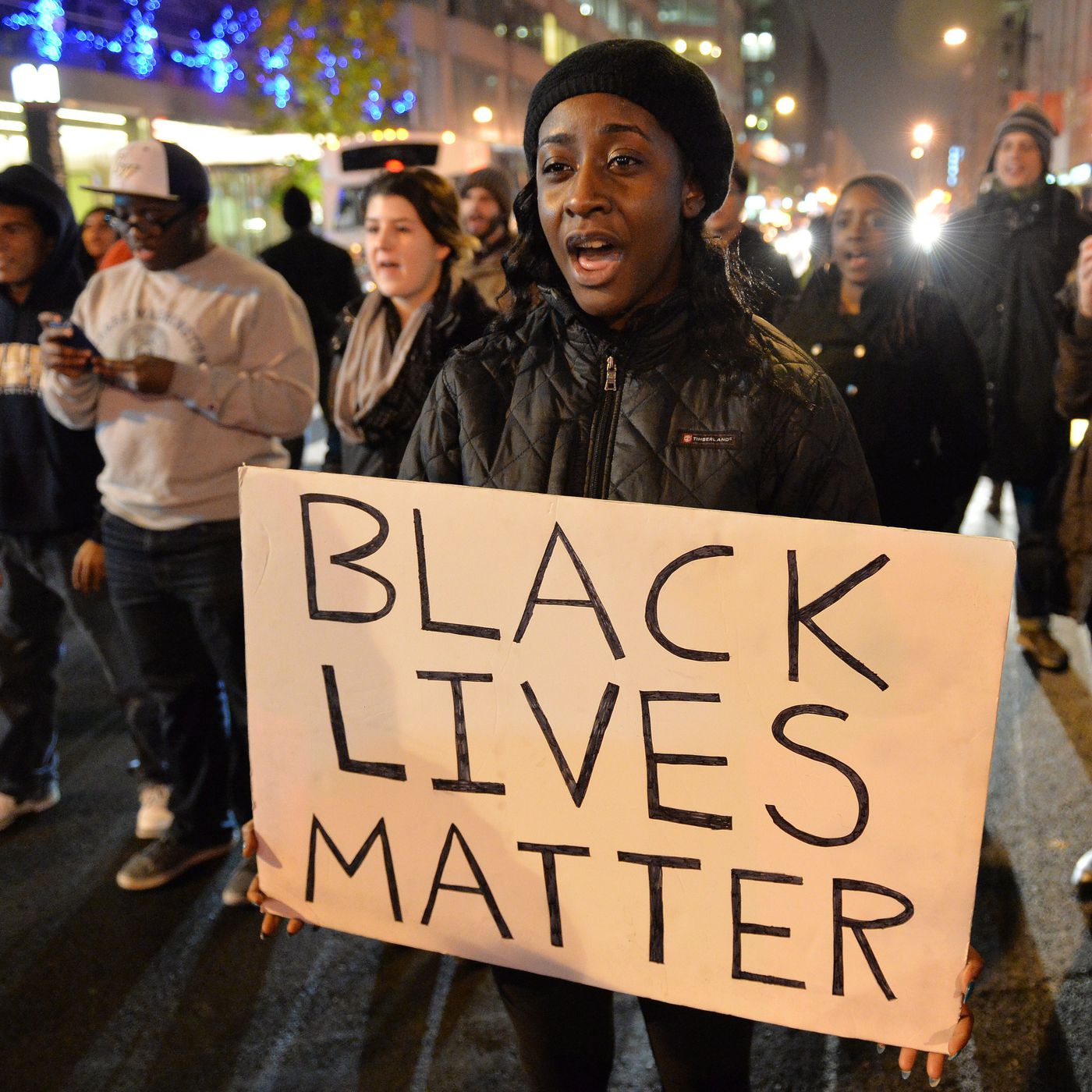USA in triple crisis:Police brutality, protests, pandemic
 WASHINGTON: “I can’t breathe” is the new American anthem as violent protests engulf the United States in the wake of the murder of yet another African American man by police, a phenomenon that occurs with alarming regularity.
WASHINGTON: “I can’t breathe” is the new American anthem as violent protests engulf the United States in the wake of the murder of yet another African American man by police, a phenomenon that occurs with alarming regularity.
George Floyd died on May 25 in Minneapolis when a white policeman, Derek Chauvin, kneeled on his neck for eight minutes and forty-six seconds. Three other officers either watched or helped keep Floyd down despite him gasping for breath.
The video has stirred the conscience of the nation – not that more proof was needed for routine police brutality against African Americans. Many suspects are killed even when accused of a minor crime. Floyd was arrested for allegedly using a fake $20 bill.
Meanwhile, protests erupted for a seventh day across the US over the death of George Floyd, an unarmed black man, at the hands of a police officer in Minneapolis, Minnesota.
At least 40 cities imposed curfews and National Guard members have been activated in at least 23 states and Washington, DC.
An independent autopsy found Floyd died from “asphyxiation from sustained pressure,” while the Hennepin County Medical Examiner found “no physical findings” to “support a diagnosis of traumatic asphyxia or strangulation.”
One former officer who was seen with his knee on Floyd’s neck was charged with third-degree murder and manslaughter but protesters say the charge doesn’t go far enough, and are demanding charges for the other officers involved. President Donald Trump declared himself “your president of law and order” during remarks from the Rose Garden Monday night.
The horrific death, captured on video, of George Floyd, a 46-year-old black man who died after a white Minneapolis police officer kneeled on his neck, spotlights the longstanding crisis of racism in policing.
To understand the protests that have erupted across the United States, one needs to understand the deeply troubled history of policing and race. Police brutality, racial discrimination, and violence against minorities are intertwined and rooted throughout US history.
Technology has made it possible for the level and extent of the problem finally to be publicly documented. The anger expressed in the wake of Floyd’s killing reflects the searing reality that Black people in the United States continue to be dehumanized and treated unjustly.
Law enforcement officers have long used their authority to control the behavior and movement of Blacks. Before the Civil War, slave patrols were tasked with tracking runaway slaves throughout the United States. After abolition, Blacks were detained and punished for infractions that would otherwise have been considered trivial had they been committed by whites.
Policing was tied to the use of force by a justice system aimed at maintaining a social hierarchy based on a belief in the racial superiority of whites. For more than a century after the Civil War, police officials were often secret members of white supremacist groups.
The police killing of George Floyd in Minneapolis, the nationwide protests it triggered, and Donald Trump’s reaction have prompted comment and editorials around the globe.
It was the third in a string of similar deaths to make its way into national headlines this month: In March, police in Louisville, Kentucky, burst into Breonna Taylor’s apartment in the middle of the night.
They shot the 26-year-old eight times, killing her in her own home. And in February, two white men in a pickup truck gunned down Ahmaud Arbery while he jogged through their Georgia neighborhood. The pair admitted to fatally shooting Arbery, but were only arrested for his murder in May.
(With Media Reports).

